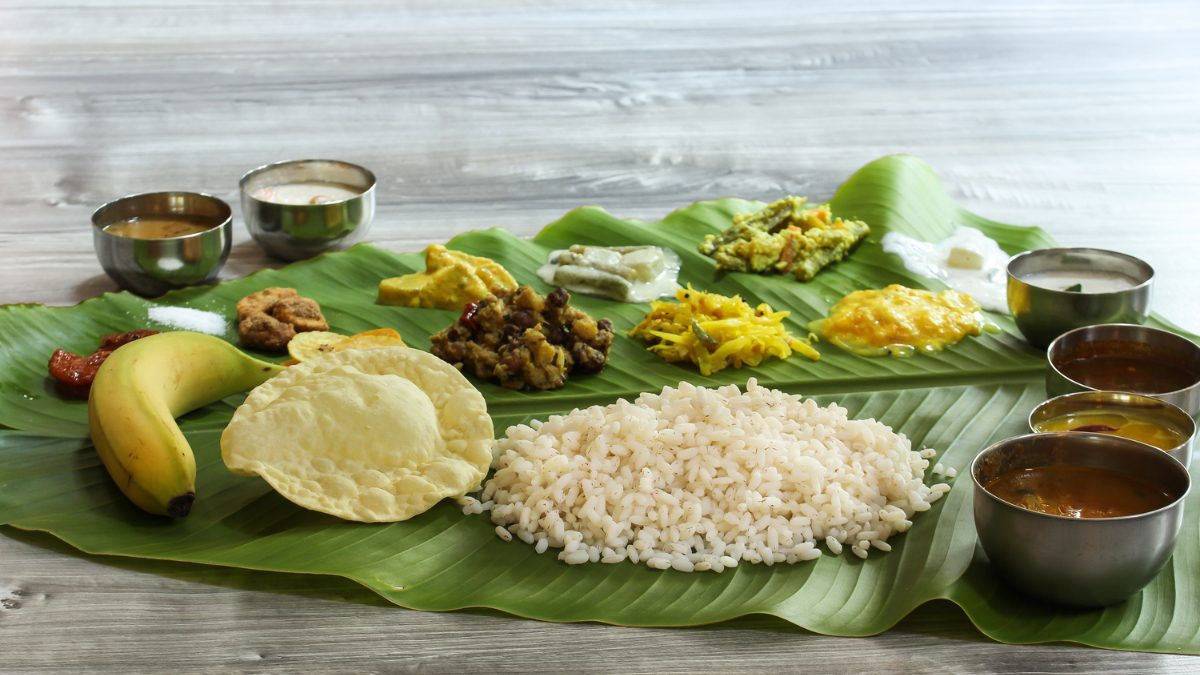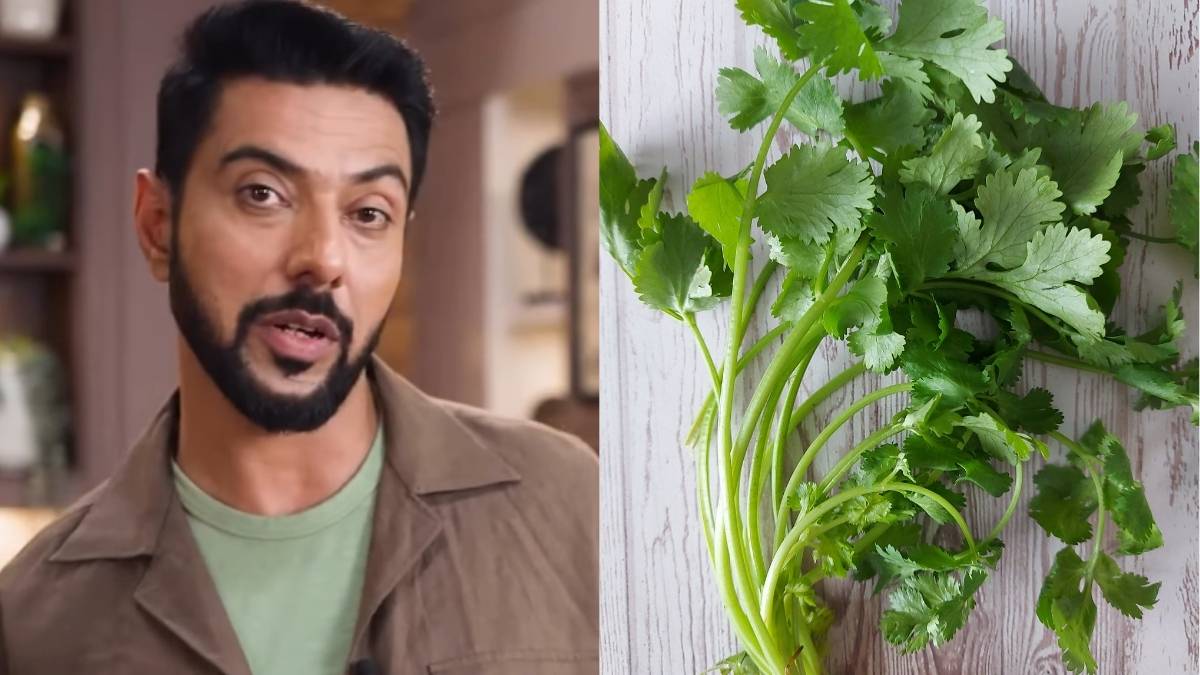During the 10-day festival of Onam, we are always prepared to dive deep into Indian culinary philosophy. As you step into the world of the Shad-Rasa philosophy, you’ll uncover the secret behind the artful balance of flavours that has fascinated generations. At the heart of this mystery lies the traditional Indian feast known as sadya. It is an experience that brings together the essence of six distinct tastes. This combination creates an enigma that tantalises both the palate and the soul. Let’s decode the complexities of Shad-Rasa and unveil the cultural significance of an Onam sadya.
The Ancient Secrets Of Shad-Rasa Delicacies

The Shad-Rasa philosophy of a sadya is a culinary concept deeply rooted in Indian tradition, specifically associated with the elaborate vegetarian feasts served during festivals, celebrations, and special occasions. “Shad-Rasa” translates to “six tastes,” and a sadya embodies the perfect balance and harmony of these tastes in a single meal. This philosophy identifies six essential tastes that contribute to the overall flavour profile of a meal.
- Sweet (Madhura): It represents the pleasant taste that balances the palate. It is often derived from jaggery, coconut, fruits, and certain vegetables.
- Sour (Amla): It offers a tangy and vibrant flavour, usually derived from tamarind, tomatoes, and citrus fruits. This sour taste stimulates the appetite and aids digestion.
- Salty (Lavana): It provides a savoury taste that enhances the overall flavour profile of a dish. Common sources of saltiness include salt, buttermilk, and certain vegetables.
- Bitter (Tikta): It adds a subtle bitterness that helps balance the meal and aids in digestion. A bitter taste is found in vegetables like bitter gourds and certain herbs.
- Pungent (Katu): It contributes a sharp and spicy taste that stimulates the senses and aids digestion. Pungency is often derived from spices like black pepper, ginger, and garlic.
- Astringent (Kashaya): It offers a dry, puckering taste that helps cleanse the palate and also balances other flavours. Astringency is found in foods like legumes, unripe fruits, and certain vegetables.
A combination of these six tastes, an Onam sadya is a traditional vegetarian feast that embodies the Shad-Rasa philosophy.
Also Read: 8 Delicious Onam Dessert Recipes To Relish Kerala’s Traditional Cuisine In Your Own Kitchen
The Flavours That Make Sadhya A Timeless Delight

The Shad-Rasa philosophy and the concept of a sadya hold immense cultural and social significance in Indian tradition. Symbolising unity, sharing, and abundance, a sadya is often served during festive occasions, weddings, and religious celebrations. It’s a way of celebrating the diversity of flavours and ingredients while honouring the principles of balance and moderation in food.
The Shad-Rasa philosophy of a sadya is a culinary journey that transcends taste to become a holistic experience. By incorporating the six tastes into a single meal, a sadya certainly celebrates the Indian flavours and cultural heritage. It encourages mindfulness about the balance of flavours and the nourishment they provide.
An Onam sadya is not only a feast for the palate but also a celebration of tradition and togetherness.
Cover Image Courtesy: Canva
First Published: August 29, 2023 2:07 PM



